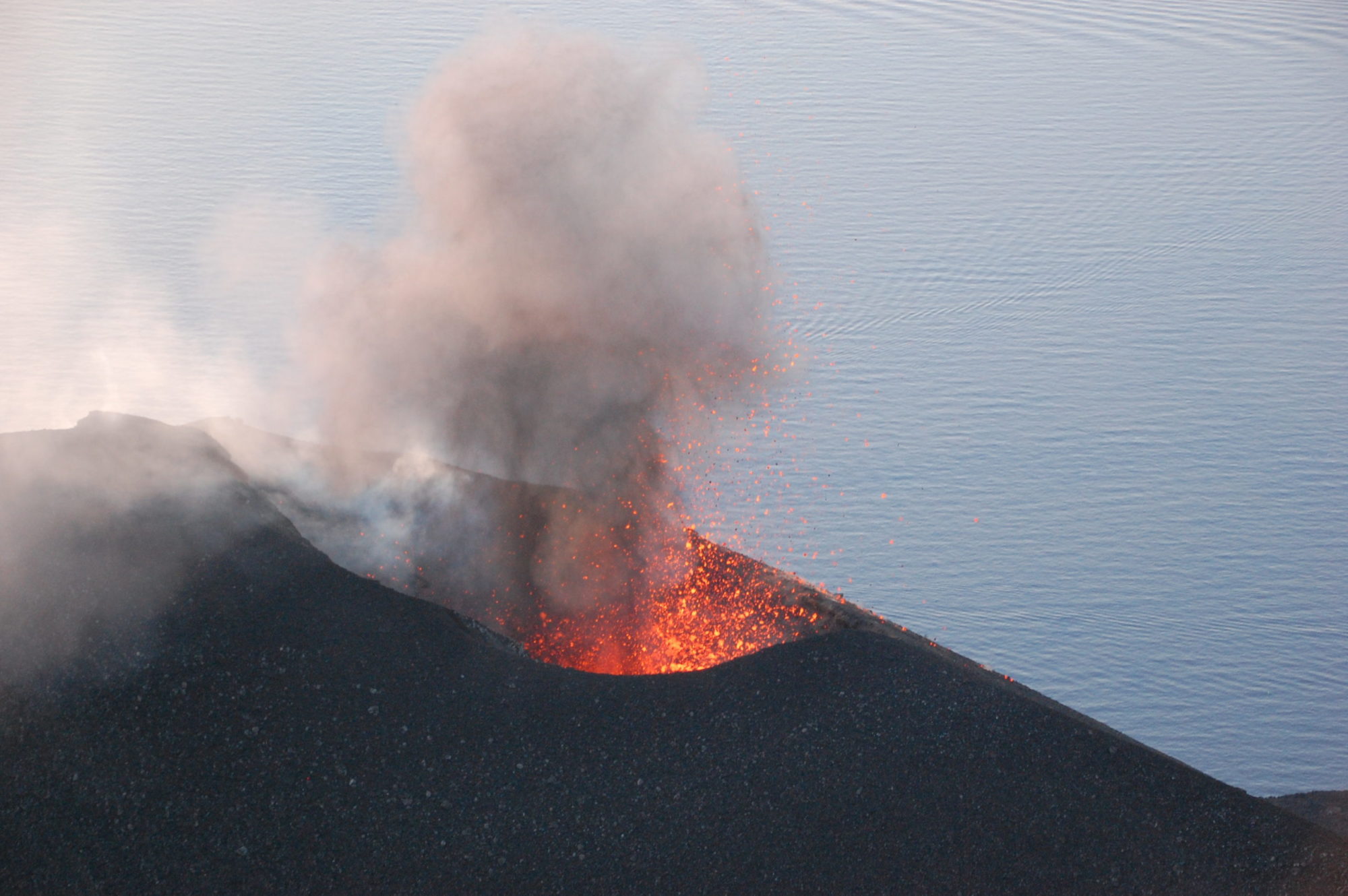Application of phase-field simulation of solidification and texture evolution to diffusion chronometry
During the evolution of an igneous system, crystals or grains of minerals are affected by different processes of growth, dissolution, recrystallization, and grain renewal. These processes result from an interplay of thermodynamics and kinetic factors. Of particular interest in this context is the role of the surface or interfacial free energies. A particular crystal of a stable phase in a magma may exist for a long time, while other crystals of the same phase may exist for only very short durations. This occurs even at thermodynamic conditions (e.g. range of P-T) where the mineral is chemically stable because it may be texturally – in the broadest sense – unstable. One needs to distinguish between the lifetime of a phase and the lifetime of a crystal of this phase during the evolution of a magmatic system.
This aspect has not been studied until now in the context of diffusion chronometry. In recent years, efficient and powerful numerical methods, such as the Phase field method has been developed. These belong to the so-called ‚diffuse interface‚ class of methods. Phase field models allow to numerically simulate the evolution of the microstructure during the solidification of crystals from melts as well as the evolution of grain sizes in multi-component or multi-phase solid systems.
This proposal aims to introduce these methods to mineralogical systems, as a first step toward exploring the role of processes such as grain renewal and grain recycling on diffusion chronometry.
Investigators
Julia Kundin, Ruhr-Universität Bochum
Ingo Steinbach, Ruhr-Universität Bochum
supported by
Sumit Chakraborty, Ruhr-Universitaet Bochum
Felix Marxer, Leibniz Universitaet Hannover
Francois Holtz, Leibniz Universitaet Hannover
Renat Almeev, Leibniz Universitaet Hannover
Katharina Marquardt, Imperial College London
